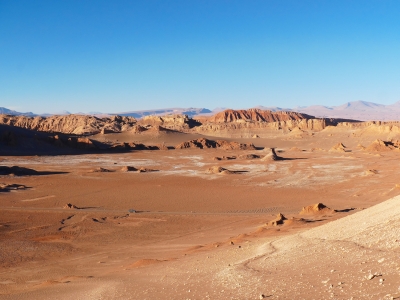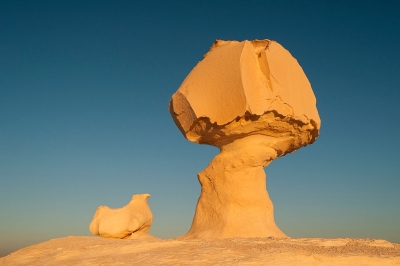
Waterfalls are nature’s magnificent creations. Nothing warms the cockles of your heart as watching the waters surging and leaping across mountains. From the world’s highest uninterrupted waterfall to the chocolate-coloured waterfall, we bring you the most dazzling sights from across the world.
GRAND FALLS- ARIZONA
Grand falls is a waterfall right in the midst of a desert. The Grand Falls in Arizona are taller than the Niagra Falls. The water falling in many tiers across the cliff is a delight to watch. Its muddy cascade has earned it the name Chocolate Falls.
NIAGARA FALLS- USA/CANADA
Surging forth with a thunderous force, these falls make for a resplendent sight. The name means ‘thunder of waters’, denoting the loud, roaring sound the waters make as they dive A part of the falls is located in Canada, while another is located in the United States. The former is called the ‘Horseshoe Falls’ courtesy of its curved shape and the latter ‘American Falls’.
ANGEL FALLS- VENEZUELA
Dropping from a height of 3,212 feet, the Angel Falls in Venezuela is the highest waterfall in the world. Pouring out from a flat-topped plateau Auyantepui, the falls are located in Canaima National Park. The falls are about 16 times the height of Niagara Falls. Set against the dense jungle and the green surrounds, the waterfalls are one of the major attractions in Venezuela. Angel Falls is named after Jimmy Angel, an American bush pilot, who crash-landed his four-seater airplane at the Auyantepui.
NOHKALIKAI FALLS, MEGHALAYA, INDIA
Plummeting from a height of 340 m. the Nohkalikai Falls is India’s tallest plunge waterfall. Located at Cherrapunji in Meghalaya, India, the waterfall is all about drama and grandeur. There is also a tragic legend that backs the name of the falls. The waterfalls are apparently named after Likai, a Khasi woman. When translated from the local Khasi language. Nohkalikai means Jump of Ka Likai’.
VICTORIA FALLS – ZIMBABWE
This curtain of waterfalls dropping from a height of 108m into the gorge below makes one of Earth’s greatest spectacles. Explorer David Livingstone named the falls after the reigning British monarch Victoria. The local name of the waterfall is ‘Mosi-oa-Tunya’ meaning ‘smoke that thunders. It is called so because the sound of the falls can be heard from a long distance.
Picture Credit : Google






